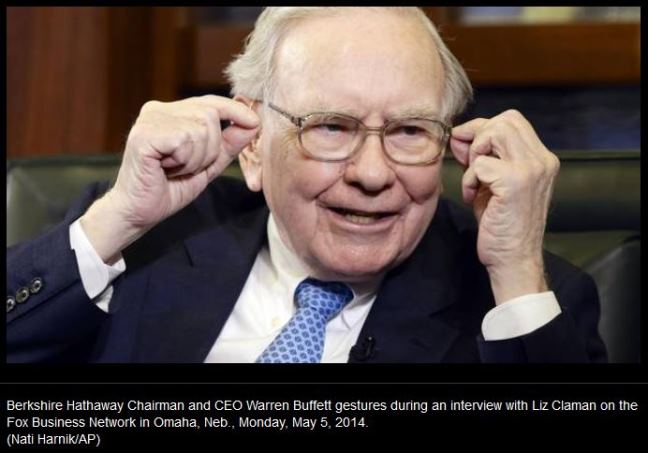Special to the Globe and Mail
Published February 26, 2016
By Tom Bradley
It’s hard to generalize about what makes great investors great, but one trait that’s present in all of them is the ability to be contrarian. Certainly, American icons such as Warren Buffett, Jeremy Grantham and Howard Marks are able to go against the grain, as are our own Prem Watsa, Hanif Mamdani and Francis Chou, to name a few.
How does a contrarian streak contribute to their greatness? Well, oversized returns come when expectations for a company are low and the valuation on the stock is also low. This double-whammy means the risk is reduced, or at least well understood, and the upside is substantial if the investor is right.
As Oaktree Capital Management’s Mr. Marks so aptly puts it, “The ultimately most profitable investment actions are by definition contrarian: You’re buying when everyone else is selling (and the price is thus low) or you’re selling when everyone else is buying (and price is high).”
Now, don’t get me wrong. Heading west when everyone is going east doesn’t guarantee success, but it tips the risk/reward balance in the investor’s favour, setting up an asymmetric bet.
The reason there are so few great investors is partly because being contrarian is hard to do. It takes an open mind and lots of digging for the positives under the doom and gloom.
Contrarianism also runs again human nature. We take comfort from the warmth of the herd, rather than being out in the cold. And when we’re shivering, nobody tells us how smart we are. Indeed, everyone will be going the other way and feeling supremely confident about it.
Professional investors know that the loneliest and riskiest time in their careers is when they’re wrong on their own. It’s way easier to keep their job, clients and bonuses when other managers have made the same mistake.
The wealth-management industry also makes it hard to be contrarian because its behaviours are decidedly pro-cyclical. The advice, advertising and product launches all reinforce the current cycle and tell us what’s been working well.
In the late 1990s, when technology was running hot, there was a new tech fund created every week. In the early 2000s, after Canadian stocks had underperformed for a decade, fund firms began offering clone funds (which allowed investors to go all foreign in their registered retirement savings plans). And there was a wave of new gold funds five years ago after the price of the shiny metal had doubled.
Today, when expected returns for stocks are getting back to normal, ads for safe, principal-protected products are beginning to appear.
So, while new products and client flows aren’t a perfect contrarian indicator, they certainly point to where the consensus is. And by definition, contrarians need a consensus to lean against.
How can you fight the pro-cyclical wave and be more contrarian?
First, you need to have a strategic asset mix in place. A SAM, as we call it at our firm, lays out how your portfolio will be allocated across different asset types. It’s a road map that gives you the best chance of achieving your long-term goals and, importantly, prevents you from getting too caught up in the latest hot trend.
Second, put restrictions on how far you’ll vary from your SAM. If you feel compelled to invest in an industry you know (or work in), or pursue a locker-room tip, then put limits on how far you’ll go. If gold is the only thing that makes you feel comfortable, then make it 5 per cent to 15 per cent of your portfolio, but not 50 per cent. Whatever the strategy, it has to be done in the context of a diversified portfolio.
Third, be skeptical of new product offerings. Make sure you understand how they will help you implement your SAM and why they’re better than what you already own. Rather that searching for something new every RRSP season, I’d suggest looking inside your portfolio first. Allocating RRSP and tax-free savings account contributions to securities and/or funds that have been lagging is the move of a contrarian.
And finally, commit to reading some Mr. Buffett, Mr. Marks or Mr. Watsa each year. They’re all great communicators and don’t have a pro-cyclical bone in their bodies.


